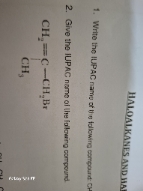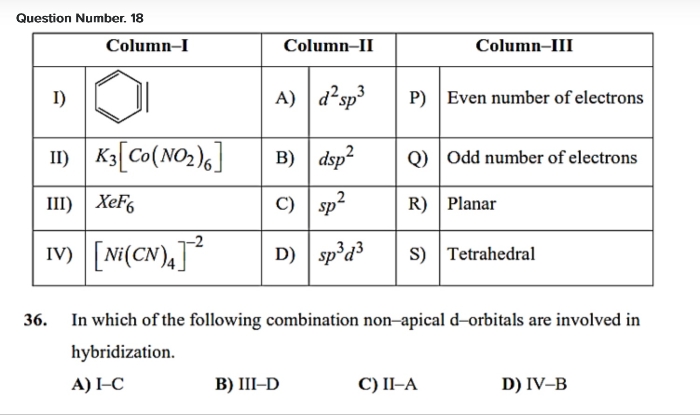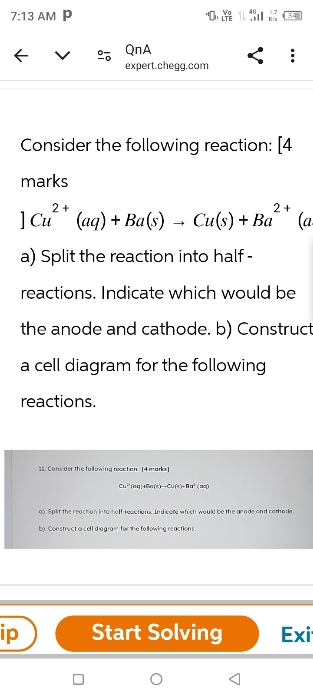CBSE Class 12-science Answered
Dear Swaroop,
Electrochemical cell:
In electrochemical cell, the reaction proceeds without an external potential. At the anode, there is an oxidation reaction takes place which produces electrons. Hence, there is a build-up of negative charge in the course of the reaction until electrochemical equilibrium is reached. Thus the anode is negative.
At the cathode on the other hand we have the reduction reaction which consumes electrons (leaving behind positive (metal) ions at the electrode) which leads to a build-up of positive charge in the course of the reaction until electrochemical equilibrium is reached. Thus the cathode is positive.
Elcetolytic cell:
In an electrolytic cell, an external potential is applied to enforce the reaction to go in the opposite direction. At the negative electrode where a high electron potential is produced via an external voltage source electrons are "pushed out" of the electrode, thereby reducing the oxidized species Ox, because the electron energy level inside the electrode is higher than the energy level of the LUMO of Ox and the electrons can lower their energy by occupying this orbital - you have very reactive electrons so to speak. So the negative electrode will be the one where the reduction reaction will take place and thus it's the cathode.
At the positive electrode where a low electron potential is produced via an external voltage source electrons are "sucked into" the electrode leaving behind the the reduced species Red because the electron energy level inside the electrode is lower than the energy level of the HOMO of Red. So the positive electrode will be the one where the oxidation reaction will take place and thus it's the anode.















